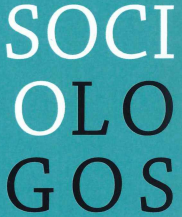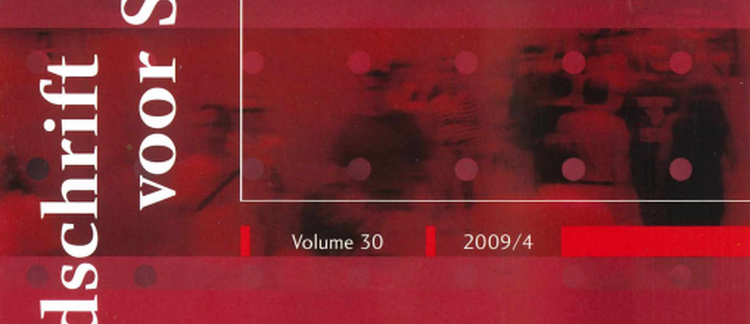Abstract
This study investigates visual arts preferences in a manner that contributes to the fi eld in two ways. Firstly, we included characteristics of respondents that differentiate not so much vertically between those with highbrow versus lowbrow taste (as do, e.g., education and age) but that differentiate between people with a more traditional versus a more modern taste. We thus incorporated religious orientation plus six social orientations (utilitarian and expressive individualism, solidarity, communitarianism, social isolation, and social disorientation) in our models. Secondly, cultural taste was measured in detail by presenting respondents with nine colour plates depicting different visual art styles. These nine evaluations were then reduced to two meaningful dimensions. Based on a Flemish sample of over 2500 adult respondents, the analyses show that there are clear relations between religion and, especially, our set of social orientations on the one hand, and preferences for more traditional versus more modern art styles, on the other. However, age (for classic/figurative art) and cultural capital (for modern/abstract art) remain the most important determinants of taste.
How to Cite:
van Eijck, K., (2009) “De invloed van religieuze identiteit en maatschappelijke oriëntaties op de waardering voor beeldende kunst”, Tijdschrift voor Sociologie 30(4), 390–419. doi: https://doi.org/10.21825/sociologos.86743
Downloads:
Download PDF
View PDF


